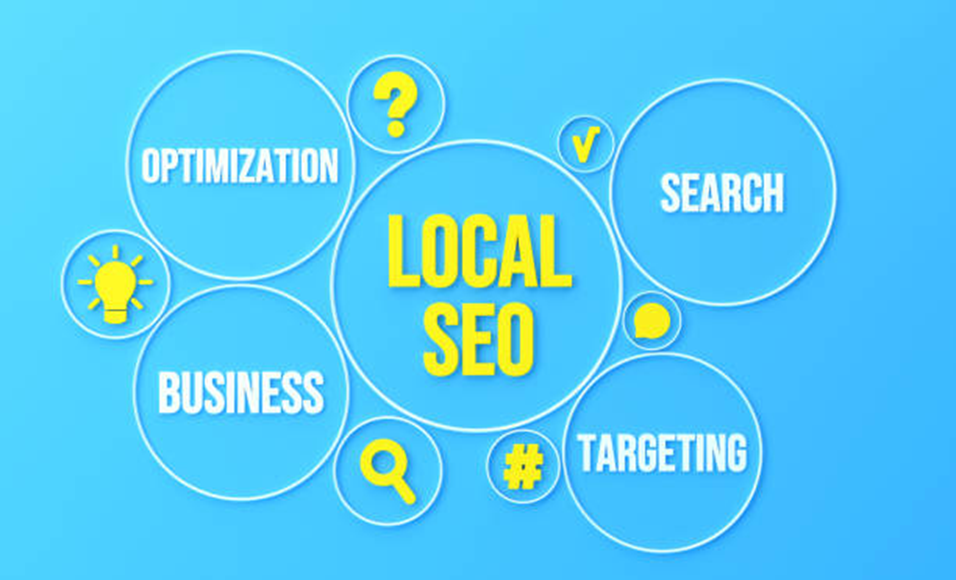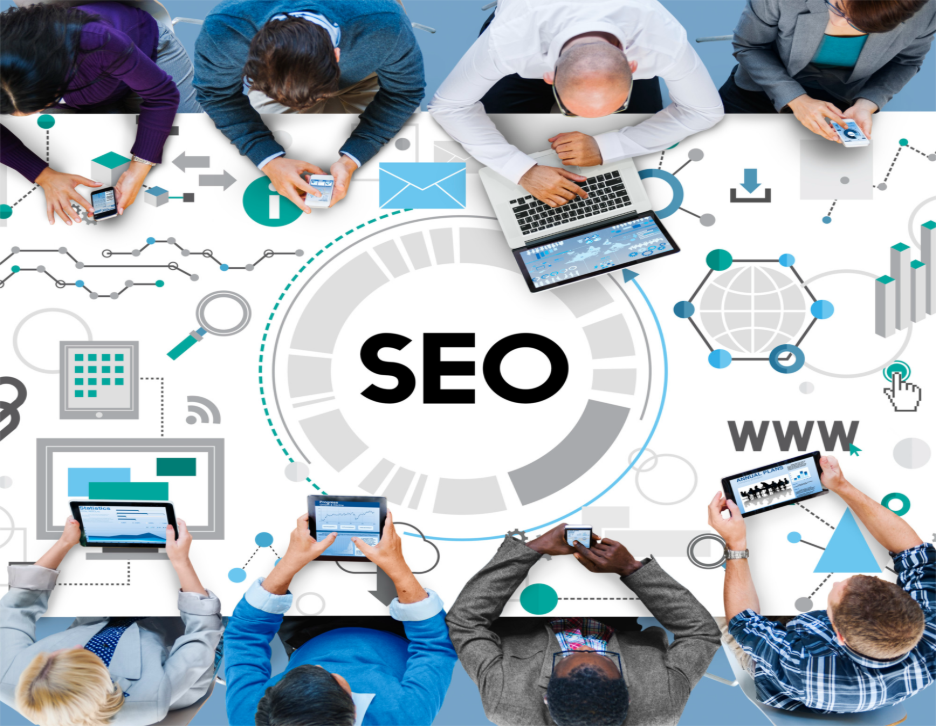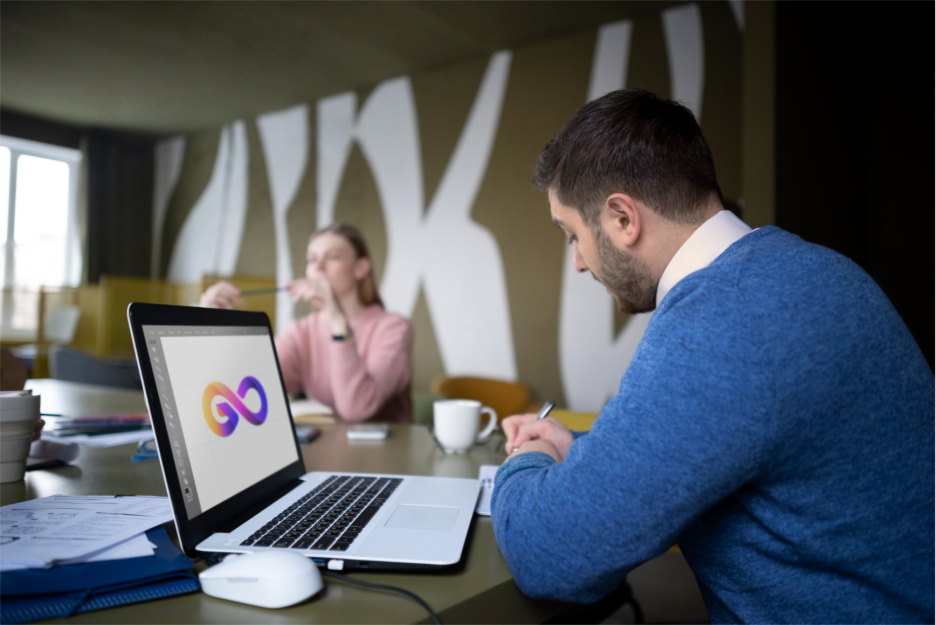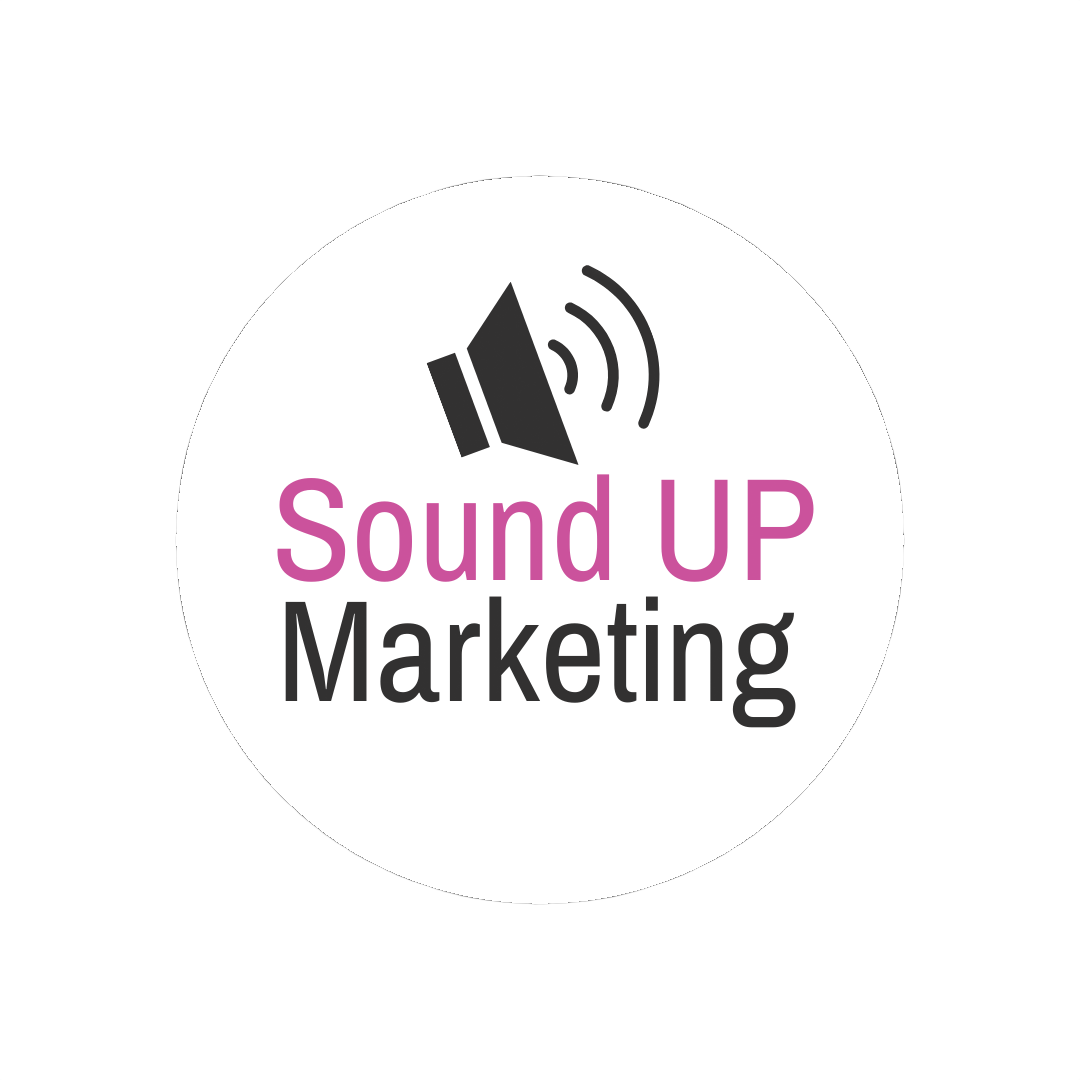5 Web Design Features That Convert Visitors to Clients
Your website is often the first impression potential clients have of your business. In today’s digital-first world, a well-designed site does much more than showcase your brand. It acts as a powerful conversion tool. The difference between a visitor who bounces after a few seconds and one who fills out a form or books a service often comes down to key design choices.
When businesses in Long Island and beyond work with Sound UP Marketing, they gain access to expert web design strategies focused on turning clicks into clients. This blog will break down five essential web design features that can elevate your site from a simple digital brochure to a client-conversion machine.
1. Intuitive Navigation That Guides the User Journey
Your website’s navigation is the backbone of the user experience. Visitors should be able to find what they are looking for quickly and effortlessly, without feeling overwhelmed or confused. An intuitive navigation structure uses clear labels, logical categories, and a streamlined menu design to guide users toward key pages such as services, contact forms, or product offerings. When navigation is seamless, it not only keeps users engaged but also reduces bounce rates, increasing the chances of converting visitors into clients. Businesses can benefit from strategies like sticky menus, breadcrumb trails, and a mobile-friendly layout, all of which make it easier for potential clients to complete their journey.
Why Navigation Shapes Conversions
Visitors don’t arrive on your site to wander. They usually come with specific goals in mind. Whether they want to view your services, learn more about your company, or connect through your contact page, navigation is the map that gets them there. A confusing or cluttered menu can quickly frustrate users, leading to abandoned sessions and lost opportunities.
How to Build Intuitive Navigation
· Streamline Menu Options: Focus on essential categories such as Home, Services, About, Blog, and Contact.
· Logical Hierarchy: Organize dropdowns under main categories. For example, Services could lead to more detailed subpages about web design, marketing, or branding.
· Sticky Menus: Ensure the navigation bar remains visible even as users scroll down.
· Mobile Responsiveness: Since more than 50% of web traffic comes from mobile, ensure menus are collapsible and easy to use.
Conversion Impact
When users can easily find the information they need, they are far more likely to take the next step, whether that’s clicking on a service page or navigating to the Long Island Web Design section to learn more. Clear navigation reduces bounce rates and creates a frictionless path toward conversion.
2. Compelling Visual Design That Builds Instant Trust
First impressions happen in seconds, and your website’s visual design plays a major role in shaping them. A clean, professional, and visually appealing layout immediately builds trust with visitors, showing that your business is credible and reliable. Elements such as a consistent color palette, high-quality images, and modern typography work together to create a strong brand identity. White space also plays a critical role, allowing important content and calls-to-action to stand out clearly. By investing in a compelling visual design, businesses can establish authority and make visitors feel more confident in engaging with their services—transforming curiosity into meaningful client relationships.
The Power of First Impressions
Research shows it takes less than a second for a visitor to form an opinion about your website. If your design looks outdated or unprofessional, potential clients may assume the same about your services. On the other hand, a sleek, modern design instantly communicates professionalism and credibility.
Visual Elements That Matter
· Consistent Branding: Cohesive use of brand colors, logos, and typography across all pages.
· Whitespace for Clarity: Clean layouts that draw attention to important elements without overwhelming the viewer.
· High-Quality Imagery: Use authentic photos of your team, workspace, or completed projects instead of generic stock images.
· Readable Typography: Prioritize font size, spacing, and contrast for smooth readability.
Conversion Impact
Strong visuals encourage trust. When visitors perceive your business as reliable and professional—like the designs created by Sound UP Marketing—they are more likely to stay longer, engage with your services, and convert into paying clients.
3. Strong Calls-to-Action (CTAs) That Drive Engagement
Clear and well-placed calls-to-action guide visitors toward the next step, whether it’s scheduling a consultation, filling out a form, or making a purchase. CTAs should be visually distinct, action-oriented, and strategically positioned throughout the site to encourage conversions. By using persuasive language like “Get Started Today” or “Request a Free Quote,” businesses can turn passive visitors into active clients.
Why CTAs Are Crucial
A well-designed website won’t convert without guiding users to take the next step. Calls-to-action (CTAs) act as signposts, directing visitors to engage. That could mean scheduling a consultation, signing up for a newsletter, or requesting a quote.
Crafting Effective CTAs
· Use Action-Driven Language: Replace vague words like “Submit” with specific commands like “Get My Free Consultation”.
· Place CTAs Strategically: Include them above the fold, within blog posts, and at the end of service pages.
· Make Them Stand Out: Use contrasting colors, bold buttons, and clear spacing so CTAs don’t blend in with other elements.
· Offer Value: CTAs that highlight benefits (e.g., “See How Our Web Design Boosts Conversions”) outperform generic ones.
Conversion Impact
Strong CTAs eliminate guesswork. Instead of wondering what to do next, visitors are naturally guided to action, often leading them straight to your contact form.
4. Fast Loading Speeds and Mobile Optimization
Website speed is one of the most important factors in keeping visitors engaged. If a page takes more than a few seconds to load, users are likely to leave and seek alternatives. Optimizing images, leveraging caching, and minimizing code can significantly improve site performance. At the same time, mobile optimization ensures the site looks and functions seamlessly on smartphones and tablets, which now account for the majority of online traffic. Together, fast loading speeds and mobile-friendly design create a smoother user experience that builds trust and boosts conversions.

Why Speed and Responsiveness Matter
In the digital world, patience is short. Studies show that even a one-second delay in loading time can reduce conversions by up to 7%. Add to that the fact that mobile devices account for the majority of web traffic, and it’s clear: slow, unresponsive websites lose business.
How to Optimize
· Compress Media Files: Use formats like WebP to reduce file size without sacrificing quality.
· Optimize Code: Remove unnecessary plugins and scripts that slow down performance.
· Responsive Design: Ensure the site adjusts fluidly to different screen sizes, from desktop monitors to smartphones.
· Leverage Caching and CDNs: These tools deliver faster load times for users across geographic locations.
Conversion Impact
Fast, mobile-optimized sites keep users engaged instead of bouncing away. With help from Long Island Web Design experts, your website can deliver seamless performance that directly impacts conversion rates.
5. Social Proof That Boosts Credibility
Today’s online visitors often look for reassurance before taking action, and social proof provides exactly that. Elements such as client testimonials, case studies, online reviews, and recognizable brand logos instantly build credibility and trust. Featuring authentic experiences from satisfied customers shows potential clients that your business delivers real results. Adding star ratings, video testimonials, or success stories can further strengthen confidence and encourage visitors to engage with your services. By showcasing social proof, websites transform trust into long-term client relationships.
Why Social Proof Works
Humans are wired to trust the experiences of others. When potential clients see that others have had positive results with your services, it builds confidence and reduces hesitation.
Best Types of Social Proof
· Client Testimonials: Short quotes from satisfied clients showcasing your value.
· Case Studies: Detailed breakdowns of how you solved specific challenges.
· Logos of Past Clients: Recognition from known brands adds credibility.
· Third-Party Reviews: Platforms like Google or Yelp provide authentic, verified feedback.
Conversion Impact
By integrating testimonials and case studies into your site, you create a sense of reliability. Visitors are far more likely to reach your contact page when they see evidence of your track record.
Bonus Feature: Secure and Accessible Design
A website must also be secure and accessible to maximize conversions.
· SSL Certificates (HTTPS): Visitors won’t submit forms on a non-secure site.
· Accessibility Features: Alt text, proper contrast, and keyboard navigation ensure inclusivity for all users.
These features show that you prioritize both safety and inclusivity—two elements that directly contribute to trust.
Quick Comparison Table
| Feature | Purpose | Conversion Benefit |
|---|---|---|
| Intuitive Navigation | Simplify browsing | Guides users to key pages, reduces bounce rates |
| Compelling Visuals | Build credibility | Creates trust and encourages exploration |
| Strong CTAs | Direct action | Moves visitors toward conversions |
| Speed & Mobile Optimization | Smooth performance | Prevents drop-offs, boosts SEO and engagement |
| Social Proof | Establish trust | Reassures visitors and encourages contact |
Conclusion
Your website has the potential to be your strongest sales tool, but only if it’s designed with conversions in mind. By focusing on intuitive navigation, compelling visuals, strong CTAs, fast loading speeds, and social proof, you can create a site that not only attracts visitors but also converts them into loyal clients.
For businesses in Long Island, partnering with Sound UP Marketing ensures you get more than a beautiful website—you get a digital platform designed to drive measurable results. Ready to transform your online presence? Contact Sound UP Marketing today and see how expert web design can grow your business.
Frequently Asked Questions (FAQs)
How does intuitive navigation increase conversions?
It reduces frustration and makes it easy for visitors to find the information they need, keeping them on your site longer.
What makes a call-to-action effective?
Strong CTAs use action-driven language, stand out visually, and provide clear value.
Do loading speeds really affect user behavior?
Absolutely. Even a slight delay can cause users to abandon your site. Fast-loading sites are crucial for retention.
What type of social proof is most effective for websites?
Testimonials are powerful, but detailed case studies and third-party reviews provide even greater credibility.
How often should I redesign my website?
On average, every 2–3 years—or sooner if your site feels outdated, isn’t mobile-friendly, or is underperforming in analytics.
Ready to turn the
#SoundUP?
Let's connect! We’re here to help.
Send us a message and we’ll be in touch.
Or give us a call today at 631-919-7441
Agency Contact Form
More Marketing Tips, Tricks & Tools












